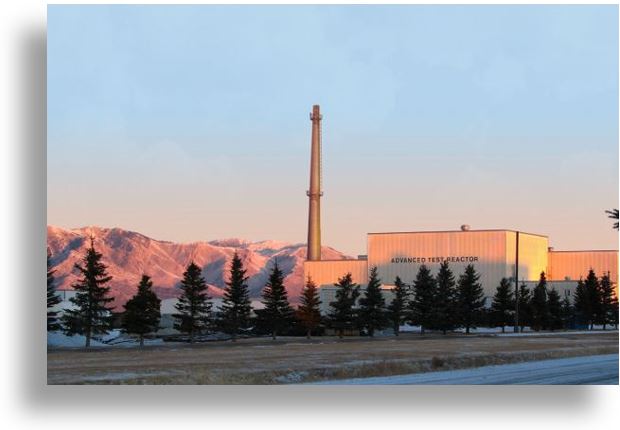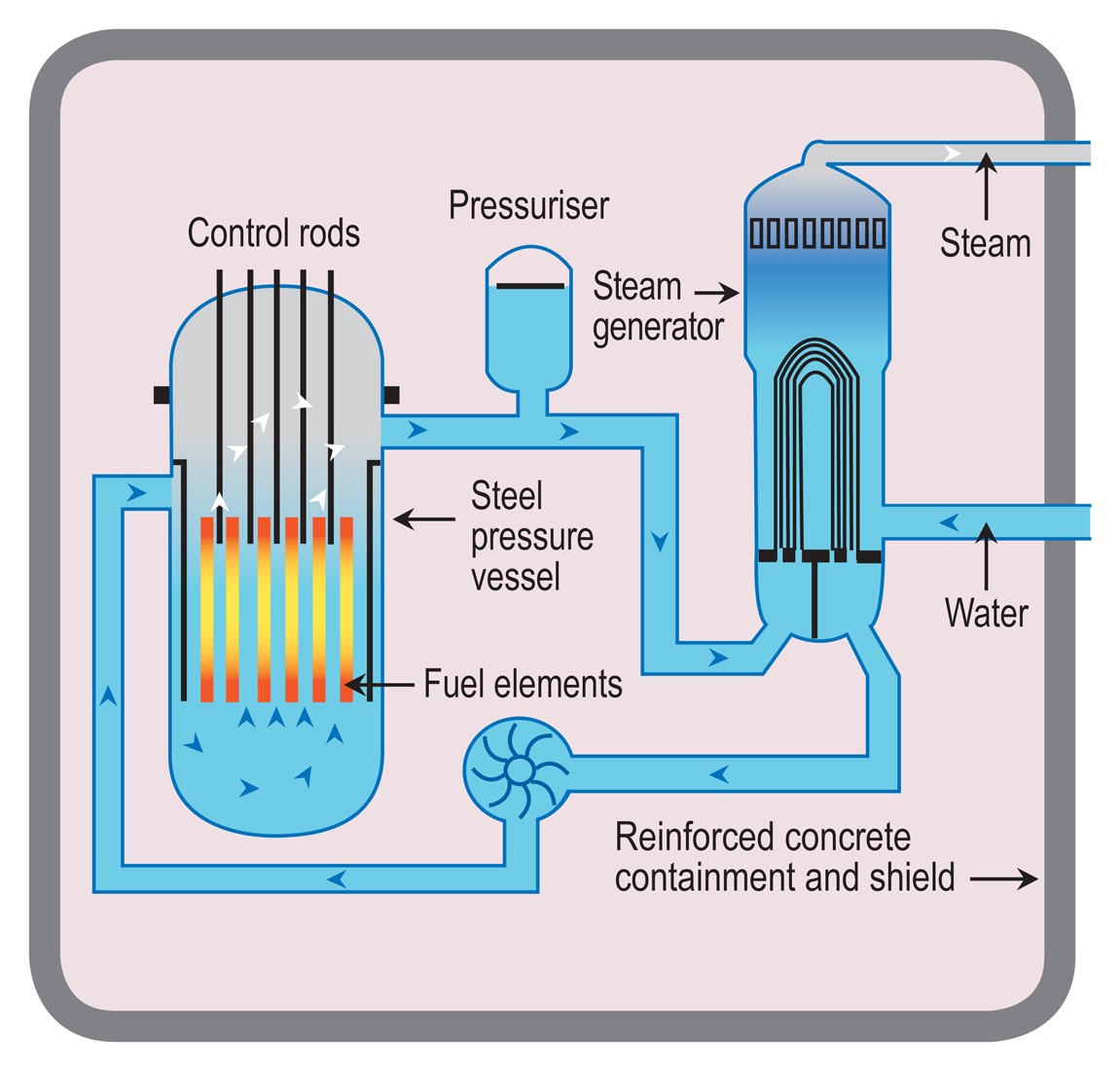INL will be the location of NuScale Power LLC’s small modular reactor (SMR) plant that could hold 12 modules and start generating power by 2029. The Utah Associated Municipal Power Systems (UAMPS) will own the plant. The NuScale Power project will help advanced the Carbon Free Power Project (CFPP). The CFPP will be located at INL and is the first NuScale Power SMR plant to begin operation in the United States. The plant will generate 462 megawatts of electricity. [2]
Idaho was a disposal site for nuclear weapons production activities. The Idaho Settlement Agreement implemented in 1995, agreed to allow the U.S. Navy and Department of Energy to bring small amounts of spent nuclear fuel (SNF) into the state for 40 years. The Department of Energy agreed to not send certain types of SNF to the state and would treat and permanently remove waste and SNF from Idaho.
Governor Batt had three conditions for the settlement agreement: Idaho will not become a default waste repository, the Department of Energy must address the waste already in Idaho, and INL must become a viable national lab.
Since the Idaho Settlement Agreement in 1995, five agreements have been reached. These include: the Agreement to Implement of 2008, the Navy Addendum of 2004, the Commercial Fuel MOA of 2011, the Supplemental Agreement of 2018, and the ATR Agreement.

There are several different types of nuclear power reactors, including light-water reactors, gas-cooled reactors, heavy-water reactors (reactors which use a “heavy” form of water – deuterium oxide) and breeder reactors. The power reactors in the United States utilize light water technology, either pressurized water reactors, or boiling water reactors. NuScale’s SMRs are a type of light-water reactor.

MAPS
- U.S. Department of Energy map of national laboratories across the country.
- Nuclear Energy Institute map of operating nuclear power plants in the U.S.
 Official Government Website
Official Government Website